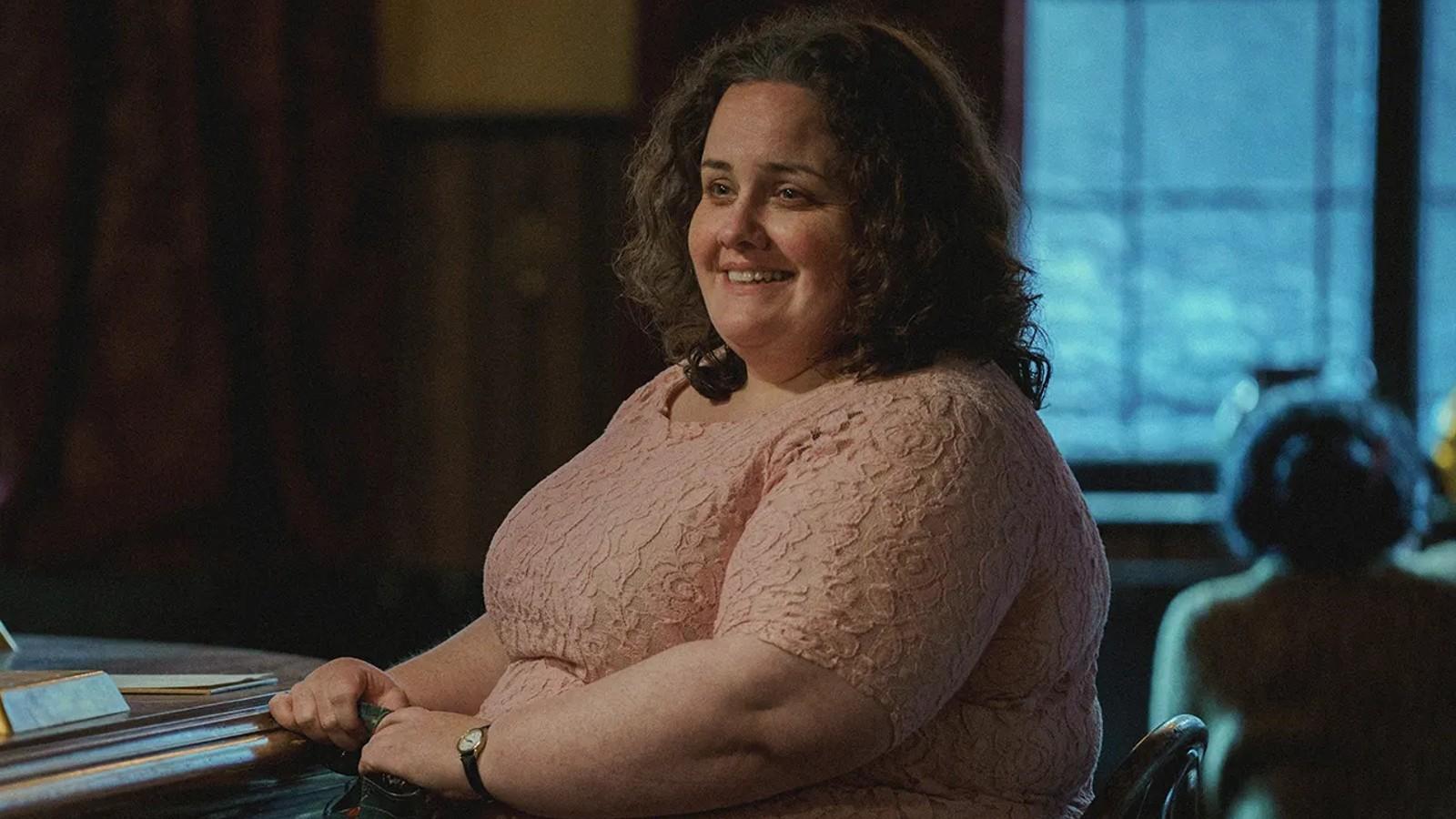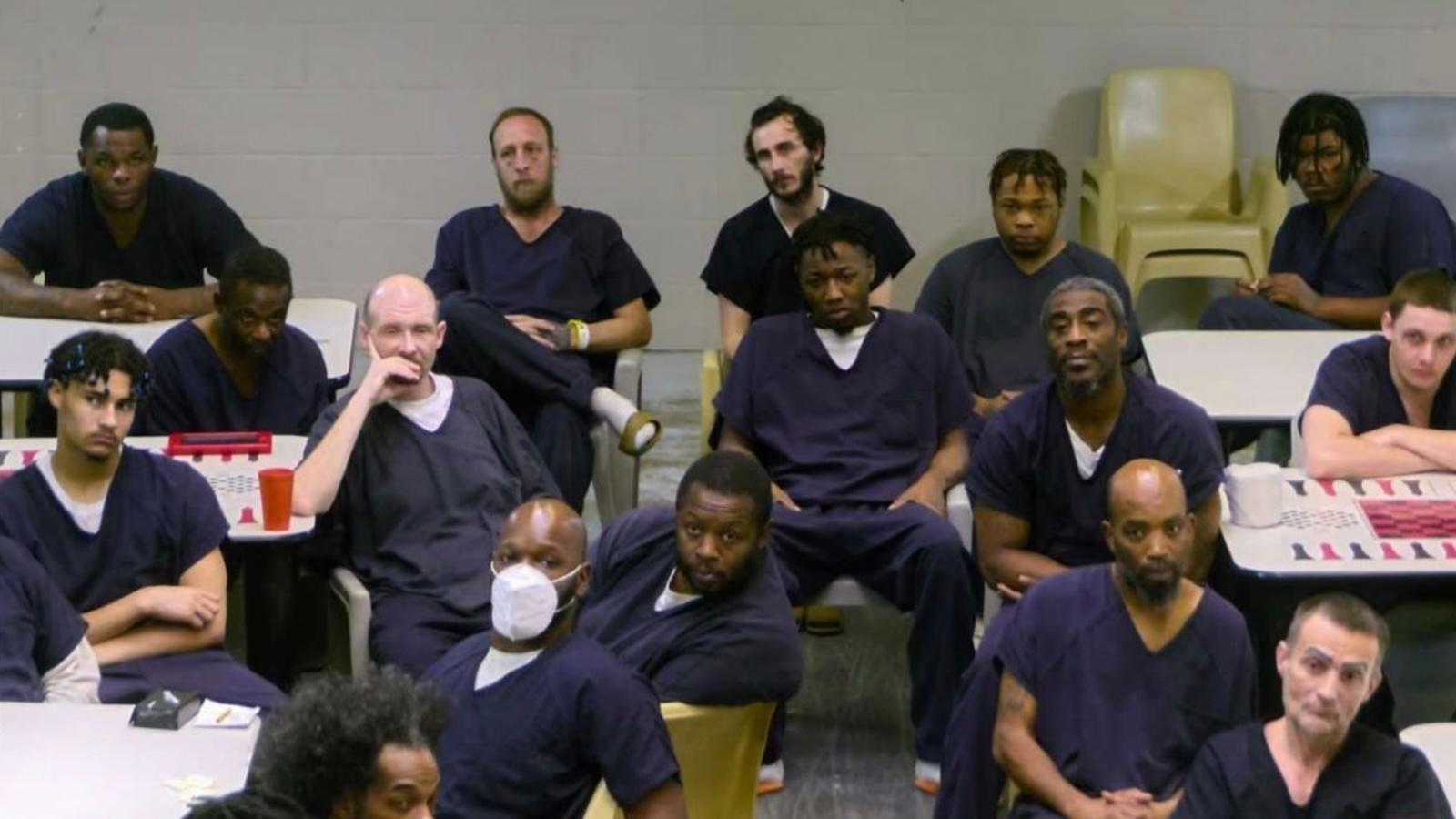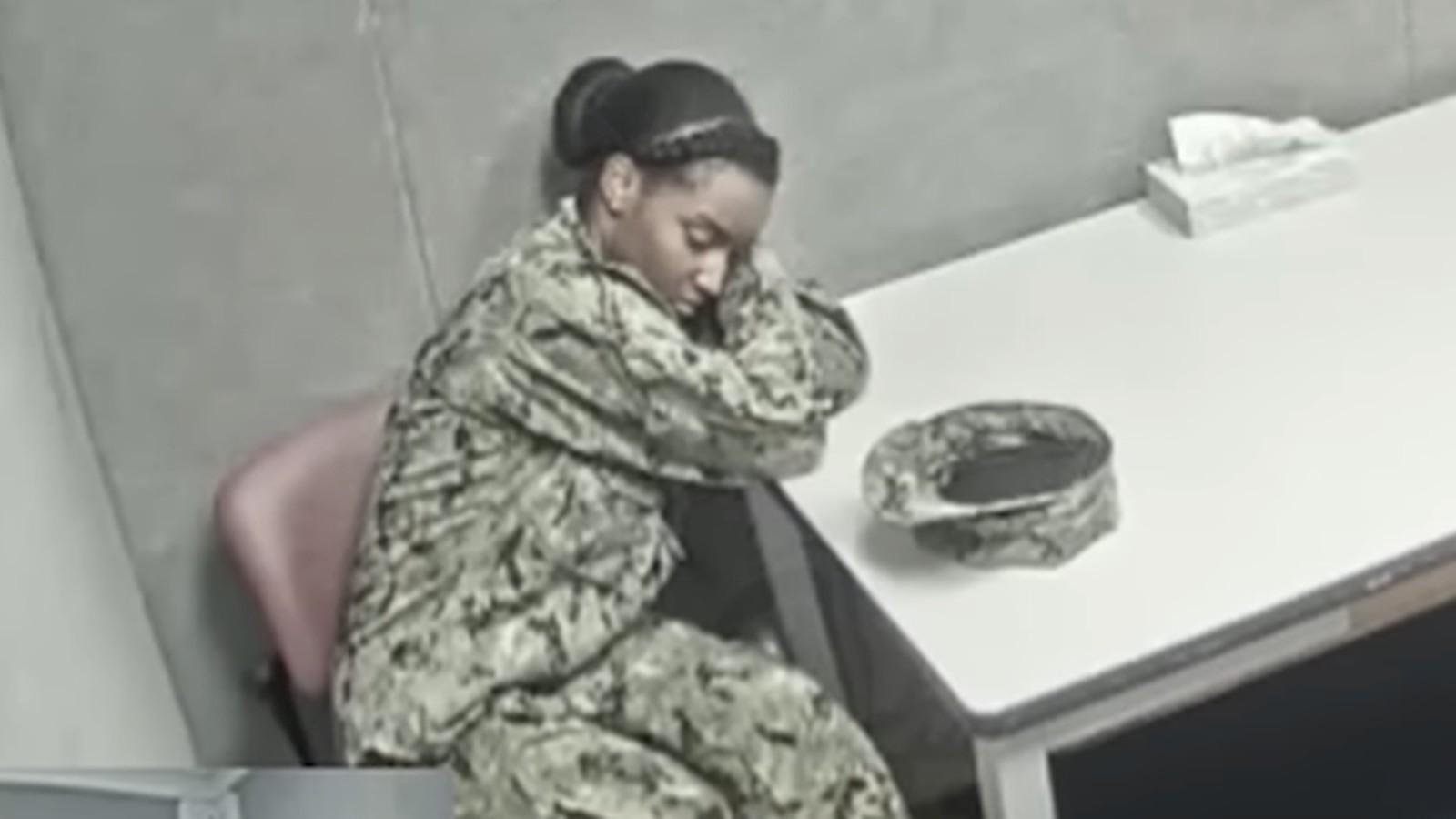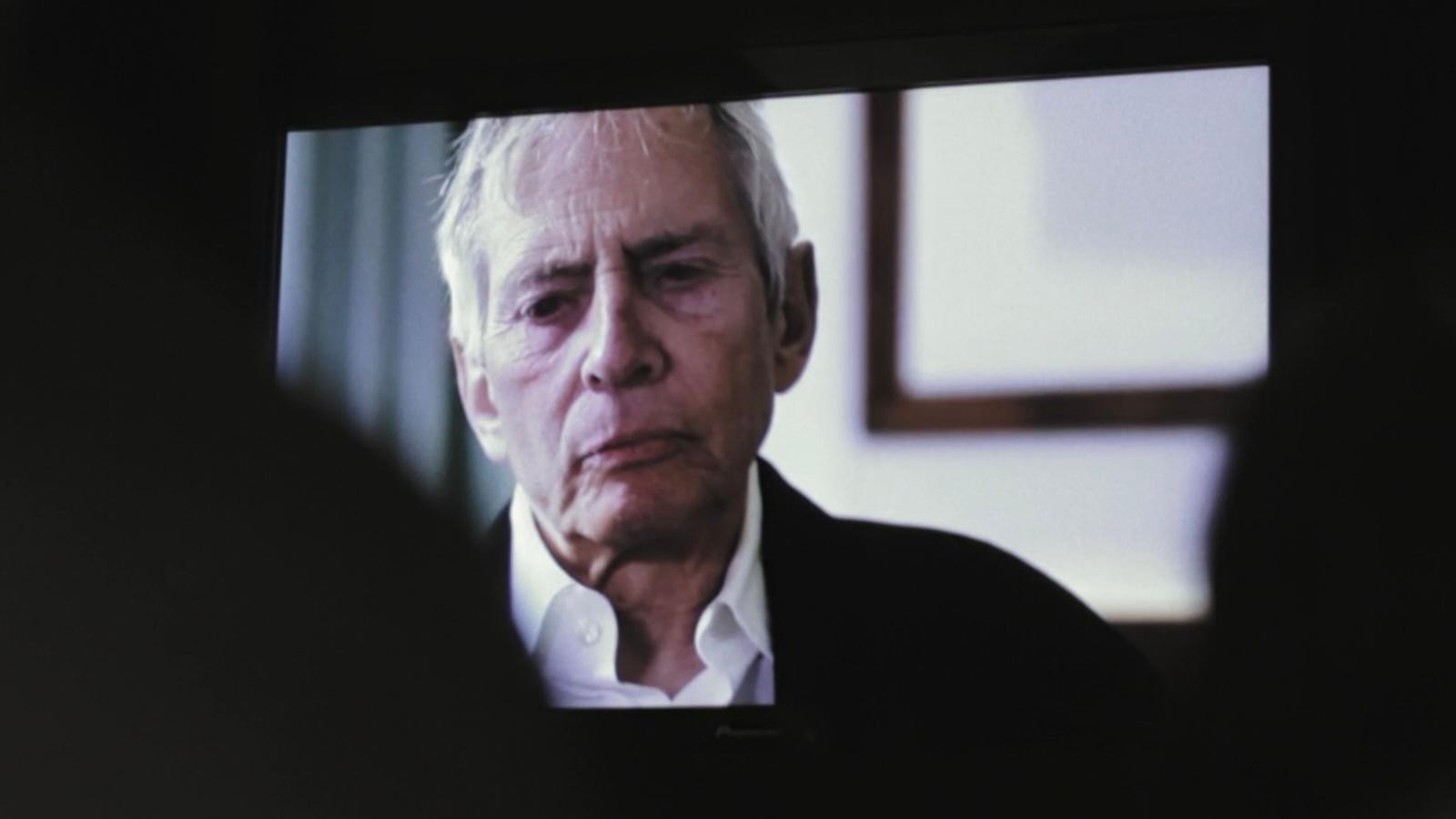The Program: Cons, Cults and Kidnapping ending explained
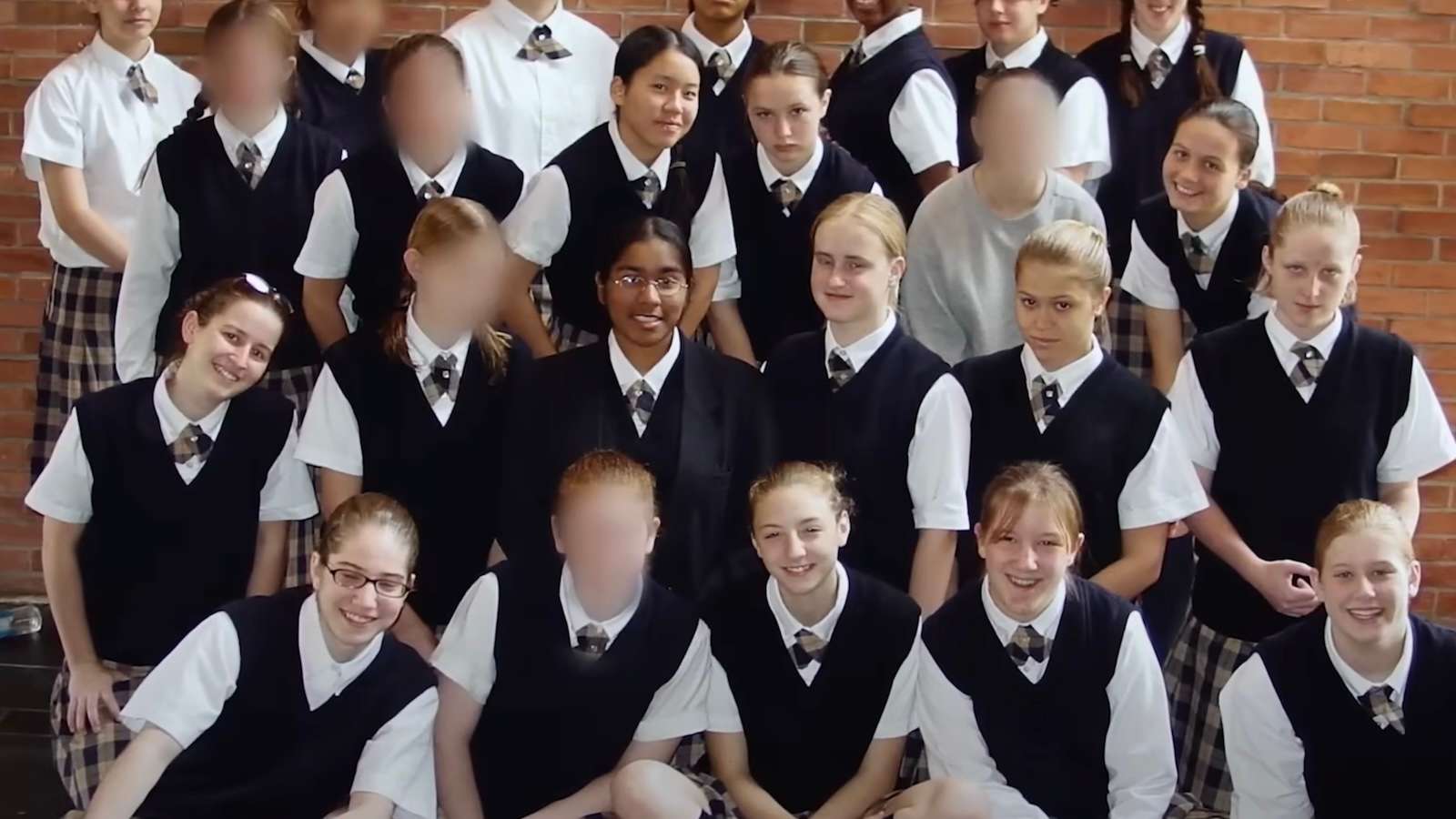 Netflix
NetflixWe’ve broken down the ending of The Program: Cons, Cults and Kidnapping, a disturbing new true crime documentary series from Netflix that highlights one of the most shocking cases of abuse in the troubled teen industry.
A group of people apprehensively enter a derelict building. There are records and papers all over the floor, a busted old piano, an image of Jesus with graffiti devil horns and the words, “Thou shall abuse kids.” No, this isn’t the opening sequence to a horror movie – this is The Program, a docuseries that once again places the troubled teen industry under the microscope.
Director Katherine Kubler knows first-hand how much damage was caused by the Academy at Ivy Ridge in upstate New York – because during her sophomore year, she was kidnapped in the middle of the night and held there for 15 months. On her own father’s orders. Katherine and a series of her classmates, now all grown up, delve into the abuse they endured within the Academy’s four walls, and the archaic rules they had to follow that make prison sound like a vacation.
The story doesn’t end at Ivy Ridge, either. The Program joins Paris Hilton’s tell-all 2020 documentary This is Paris and Netflix’s Hell Camp in exposing the horrors of the troubled teen industry and the enduring impact these youth programs have on the victims, while raising awareness about the many still in operation today. Warning: Spoilers ahead!
The Program: Cons, Cults and Kidnapping ending explained
As Katherine states in the final episode of Program: Cons, Cults and Kidnapping, “This story does not have a happy ending, and the story is far from over.” Although Ivy Ridge is no longer in operation, she points out that the industry is “still alive and thriving” as a series of organizations still in operation are shown across the screen.
These include the Eagle Ranch Academy and WinGate Wilderness Therapy, both in Utah, as well as Never Give Up Youth Healing Center in Nevada. Sociologist, cults and coercion expert, and author of Take Back Your Life, Janja Lalich, says, “People need to know that these programs exist, and that they’re unregulated, and that the harm is monumental. And something needs to be done about it.
Prior to this, Katherine and her peers uncover the various control tactics used against them by the staff at Ivy Ridge. Not only were the staff not trained, nor did they have any certification or credentials, but the same can be said for those creating the program.
While there, students weren’t allowed to talk, smile, go outside, or communicate with the outside world, other than the odd closely monitored letter to their parents. But if they said anything damning towards the school, they would get punished, which would mean losing “merits.” These merits had to be earned in order to eventually get out, but the system was so demanding that most felt like they wouldn’t be free until they turned 18.
The former attendants recall how they were food and sleep deprived, some were physically restrained, they received no formal education, and they would have to take part in endurance exercises called seminars. Katherine and her classmates demonstrate how they were made to bash towels wrapped in duct tape on the ground and scream for an hour straight during these events – if they stopped at any moment, this meant they “opted out.” And if they opted out, they were sent to a new seminar called “breakpoint” – because it was designed to break them.
Allison and Alexa – who were both sent to the program for 22 months when they were 15 – reveal that in one of these breakpoint sessions, they had to sit on a chair and repeat the actions and words, “Palms up, palms down, palms together, palms apart,” for eight hours straight, uninterrupted.
Contextualizing these tactics, Lalich explains: “Different programs are going to try different techniques. And by sort of inventing these things for people to do that sometimes are completely ridiculous, they’re getting you to give up yourself, give up your individualism. It’s part of this thought-stopping process.”
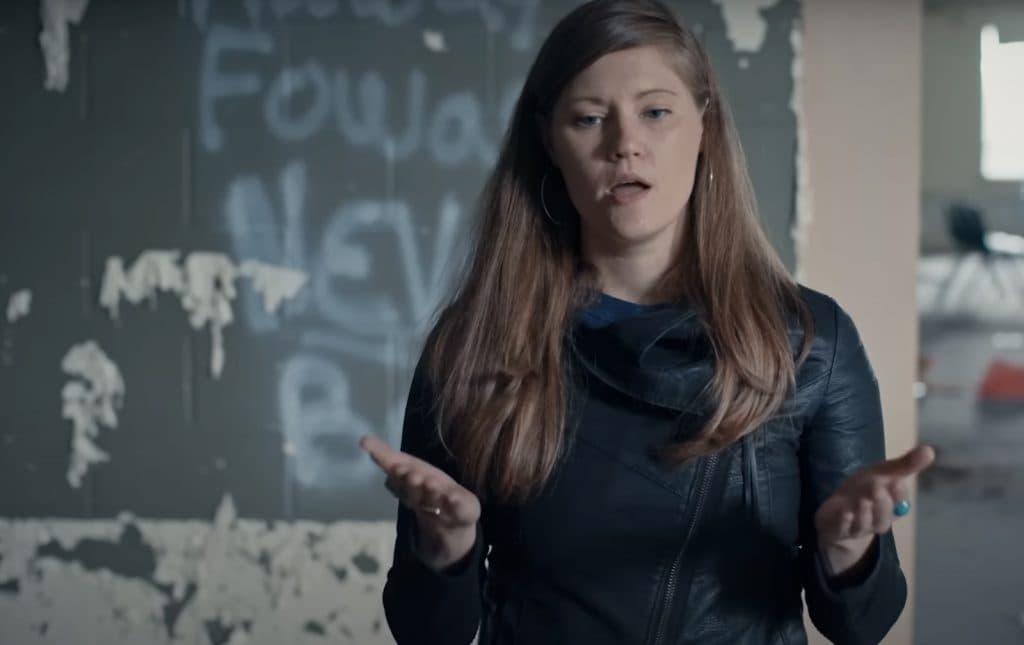 Netflix
NetflixKatherine also discusses the dark “open secret at Ivy Ridge” – numerous former pupils came forward with allegations of sexual abuse by staff members. In The Program, Alexa recalls her experience with this, although since no arrests were made, she’s unable to name the perpetrator.
The question that arises throughout the docuseries is: why? This is explored in the third and final episode, the title of which should tell you what you need to know: ‘Follow the Money’. Among the many who profited from the misery of kids is Robert “Bob” Lichfield, founder of the World Wide Association of Specialty Programs and Schools (WWASP), of which Academy at Ivy Ridge was affiliated.
According to court documents, WWASP had ties with more than 25 different boarding schools or youth program centers across the globe, drawing in millions of dollars per year. Following numerous legal battles over abuse allegations, the Utah-based organization dissolved, but as is explored in the ending of The Program, there are numerous institutions still in operation.
To learn more, be sure to check out The Program: Cons, Cults and Kidnapping on Netflix – and you can also find all of the true crime and documentaries coming to streaming this month here and all of the TV shows coming to streaming this month here.
